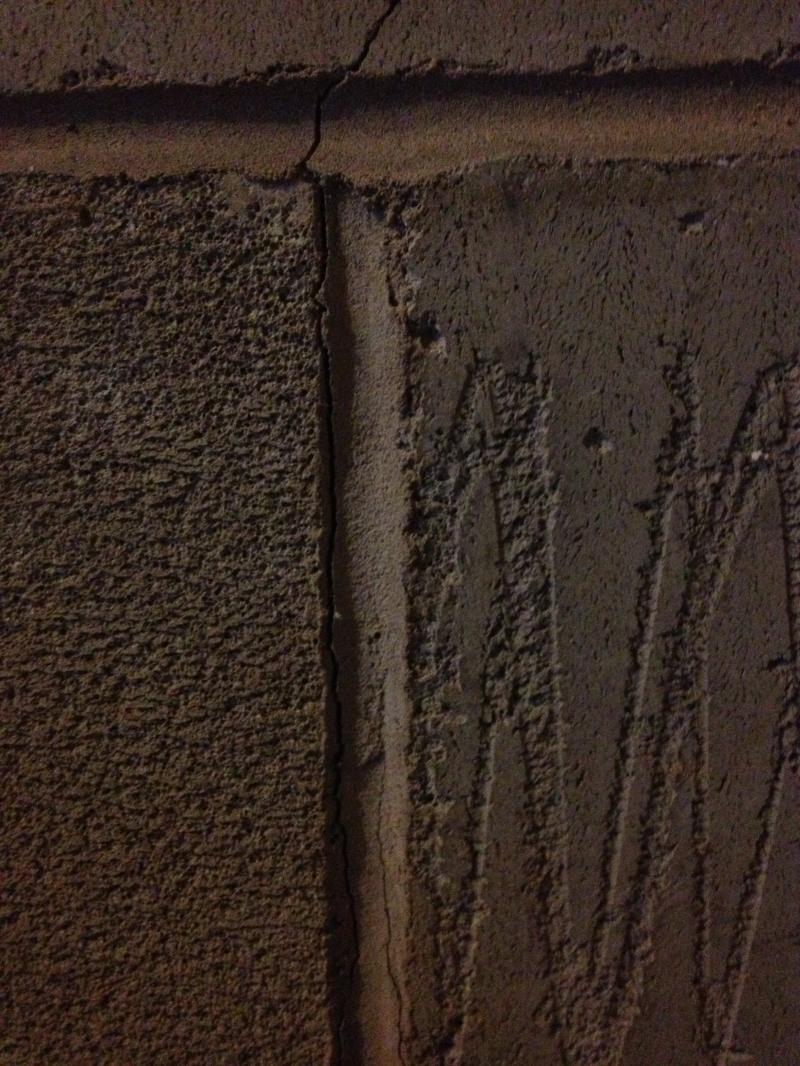Greetings all
The crack in question is in an integral garage ( right hand side as you look at the picture of the house ), is hairline, runs pretty much vertical, through mortar in places and in other places straight through the blocks (which I think are thermalite but may very well be wrong ) themselves.
There is a beam running across the roof with a concrete block underneath this ( pic 3 ), I assume is supporting the outer upper front wall of the house which is recessed from the garage entrance. The crack starts pretty much underneath this and runs down to the floor.
House is built by Miller, approx 9 years old. Can't say how long this crack has been there, first time I've noticed it. No noticeable cracks anywhere else in the walls and the concrete underneath the supporting beam is intact.
Being completely clueless, should I be worried or is this common? Any thoughts v. much appreciated.
Regards
Vin
The crack in question is in an integral garage ( right hand side as you look at the picture of the house ), is hairline, runs pretty much vertical, through mortar in places and in other places straight through the blocks (which I think are thermalite but may very well be wrong ) themselves.
There is a beam running across the roof with a concrete block underneath this ( pic 3 ), I assume is supporting the outer upper front wall of the house which is recessed from the garage entrance. The crack starts pretty much underneath this and runs down to the floor.
House is built by Miller, approx 9 years old. Can't say how long this crack has been there, first time I've noticed it. No noticeable cracks anywhere else in the walls and the concrete underneath the supporting beam is intact.
Being completely clueless, should I be worried or is this common? Any thoughts v. much appreciated.
Regards
Vin






